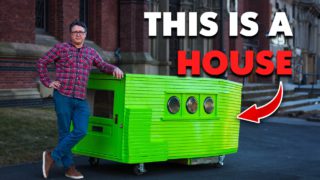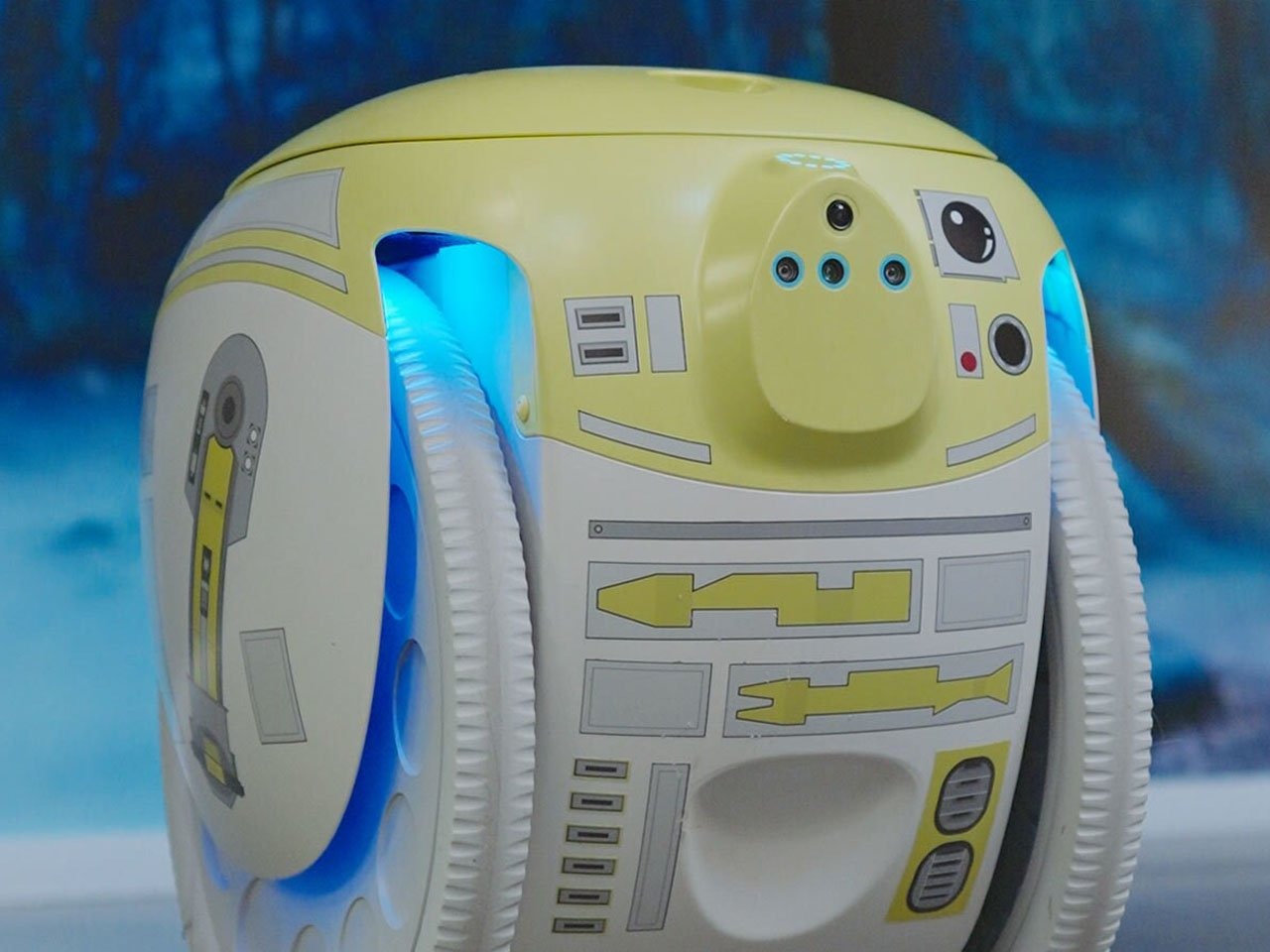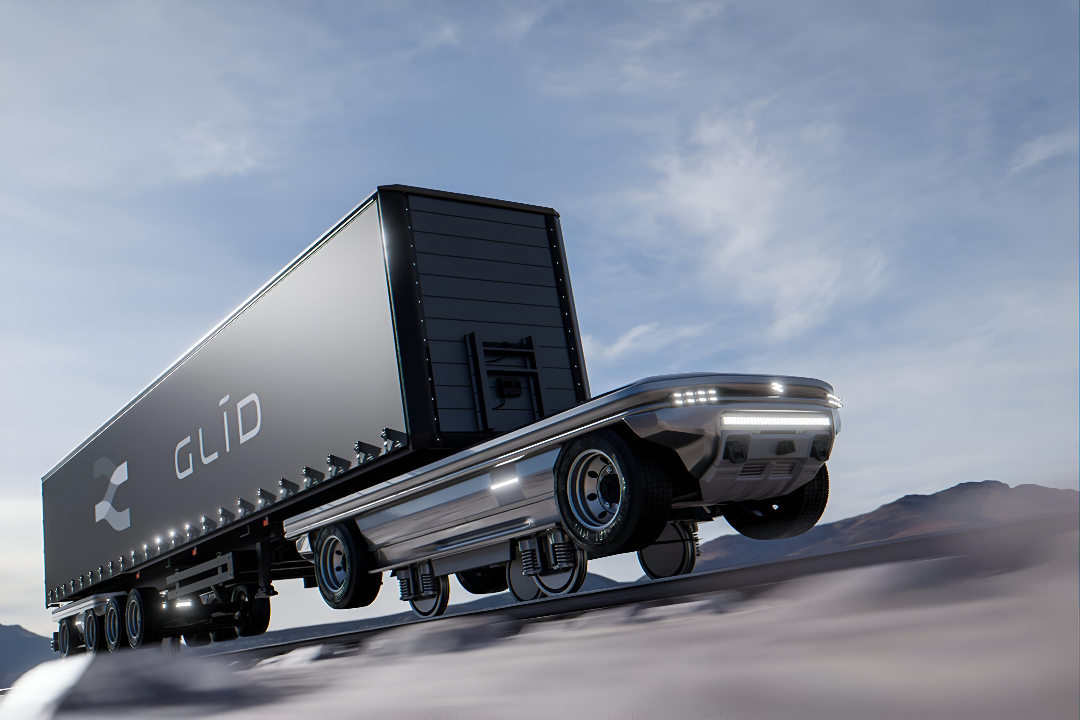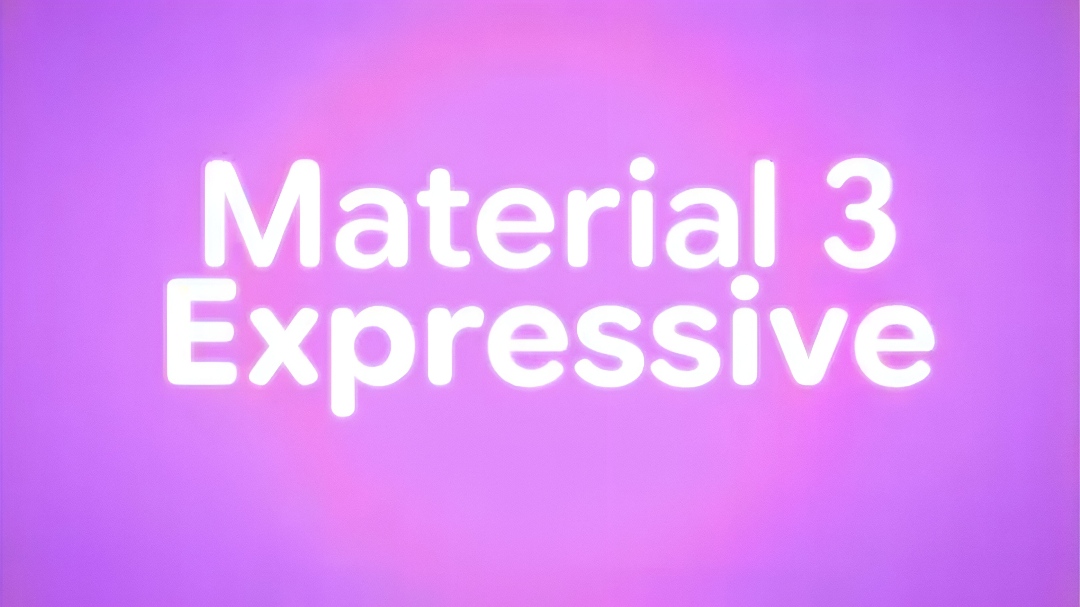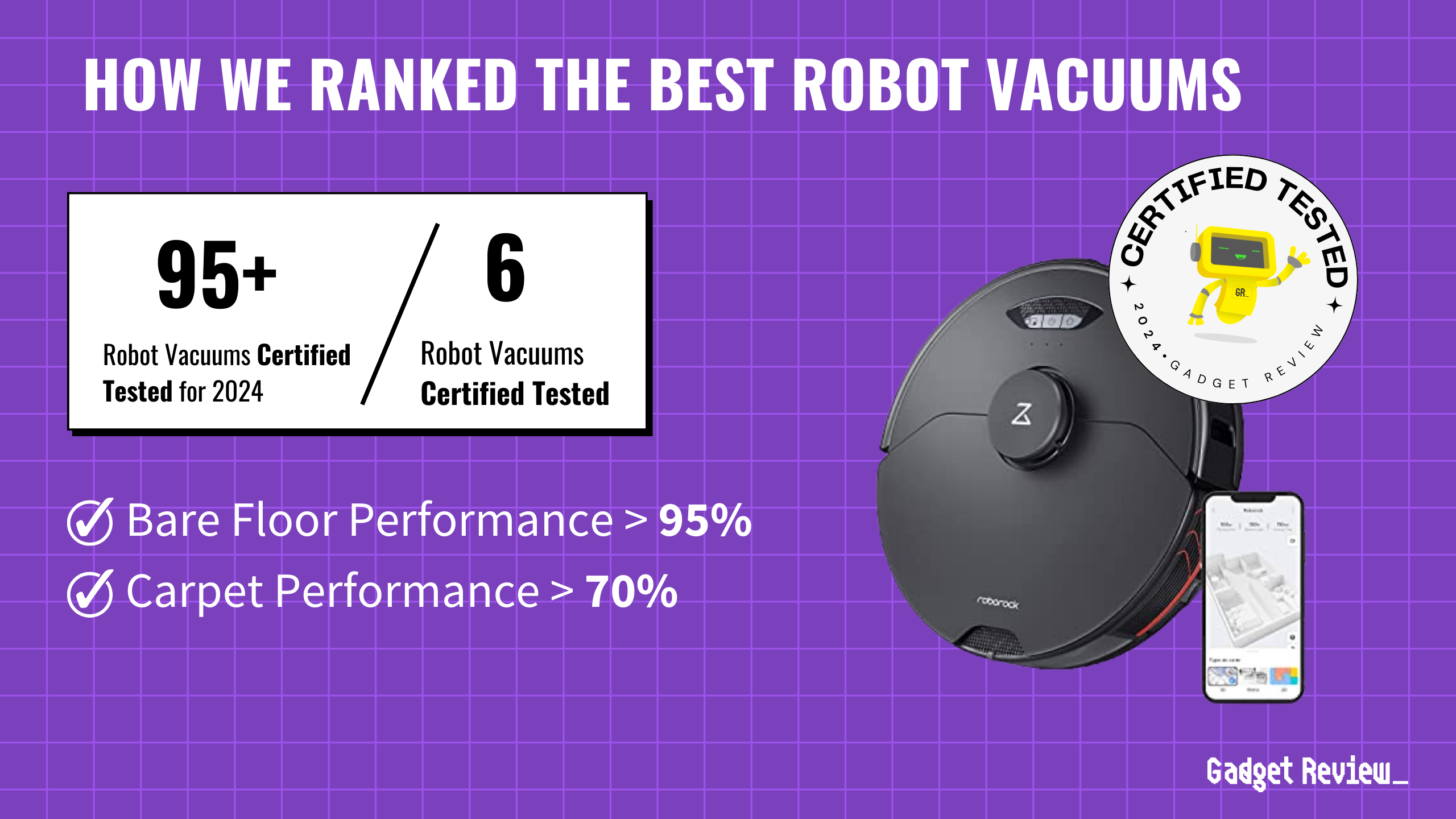In 1999, Segway inventor Dean Kamen promised his new creation would make cars obsolete and reshape cities – it ended up becoming a mall security vehicle and tourist novelty. This perfectly captures how even revolutionary technology can miss the mark when inventors misread what people actually want or need. For tech enthusiasts and innovation watchers, examining failed inventions provides invaluable insights into why some technologies succeed while others become expensive footnotes in history. Our list walks through 52 of the most remarkable product failures that most of us weren’t sad to see go.
42. Juicero
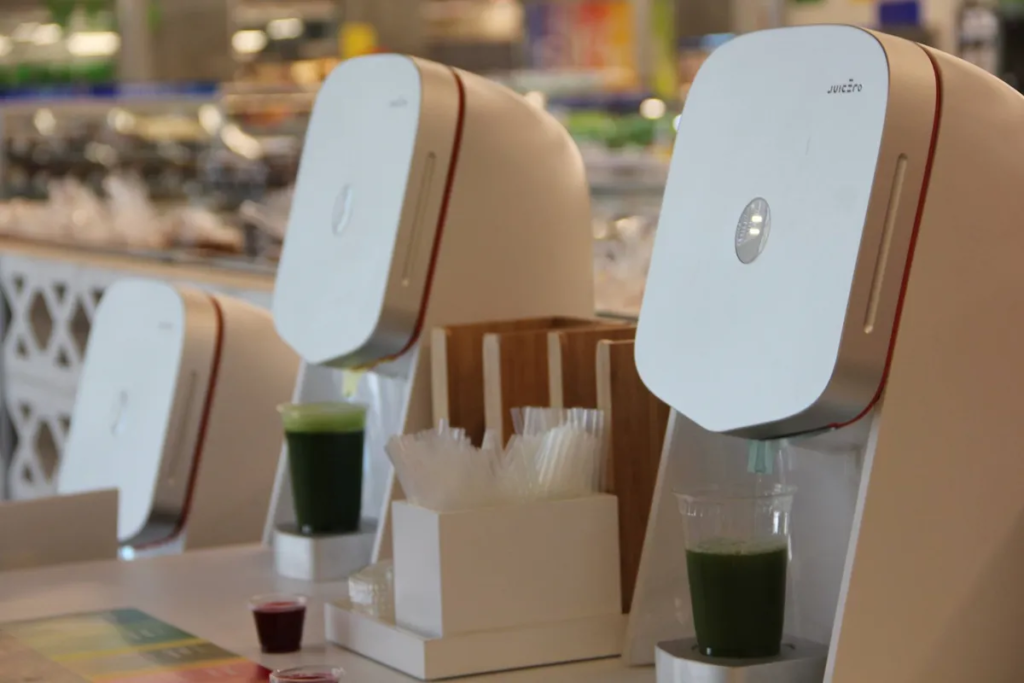
Juicero embodied Silicon Valley’s talent for over-engineering simple solutions to non-existent problems. You could spend $700 on a WiFi-connected juicer that squeezed pre-packaged fruit and vegetable bags with the same effectiveness as human hands. The company attracted $120 million in funding by convincing investors that pressing juice required QR codes and internet connectivity. The discovery that users could squeeze the packets manually made Juicero the perfect punchline for startup excess.
41. Humane AI Pin

The Humane AI Pin presents an ambitious vision of ambient computing that falls short in practical execution. Its clip-on design raises concerns about stability during active movement, while the laser projection interface struggles in bright outdoor environments. You’ll encounter limitations with the voice-only interface when handling complex tasks that benefit from visual feedback. The $699 price point positions this experimental device as an expensive solution to problems that existing technology already addresses effectively.
40. Metaverse

Meta (formerly Facebook) spent over $50 billion between 2021-2024 pursuing Mark Zuckerberg’s vision of the Metaverse, but users never showed up in significant numbers. The company’s virtual reality world failed to attract mainstream interest despite massive investment in VR hardware like Quest headsets and the Horizon Worlds platform – which at its peak had fewer than 200,000 monthly active users. While Meta heavily promoted virtual workspaces and social experiences, most users found the graphics underwhelming, the technology cumbersome, and the virtual environments lacking compelling reasons to visit regularly. By late 2023, Meta shifted its focus toward AI development, quietly scaling back its Metaverse ambitions and marking one of the most expensive strategic missteps in tech history.
39. Segway
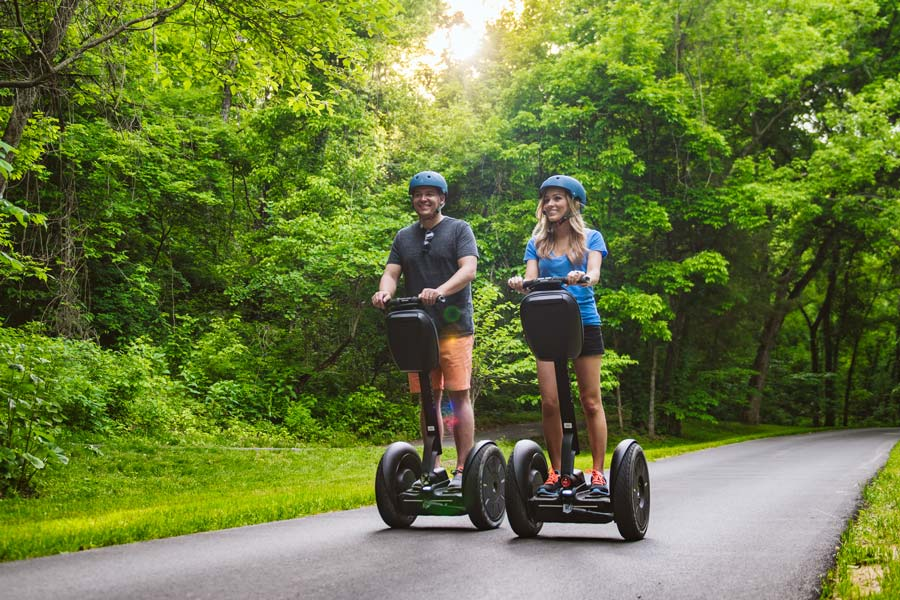
The Segway revolutionized personal transportation primarily by demonstrating its limitations. You’ll notice how its high cost and limited range restricted practical applications to tourism and mall security. The learning curve for proper operation created safety concerns in urban environments. We find the device’s bulky design and storage requirements particularly problematic for the last-mile transportation solution it aimed to provide.
38. New Coke

New Coke represents a classic case of solving a problem that didn’t exist. The reformulation ignored the strong emotional connections consumers held with the original product’s taste profile. You’ll recognize how market research failed to account for brand heritage and consumer loyalty in the decision-making process. The rapid reversal to Classic Coke demonstrated how even extensive testing can miss crucial aspects of consumer behavior.
37. Clippy

Microsoft’s Clippy represents the fundamental disconnect between technical capability and user experience. The animated assistant interrupted workflow with obvious suggestions and unwanted appearances during critical tasks. While designed to make Office more approachable, the character’s persistent interventions created frustration rather than assistance. We particularly note how Clippy embodied the dangers of implementing artificial assistance without considering real user needs.
36. Bowery Vertical Farm
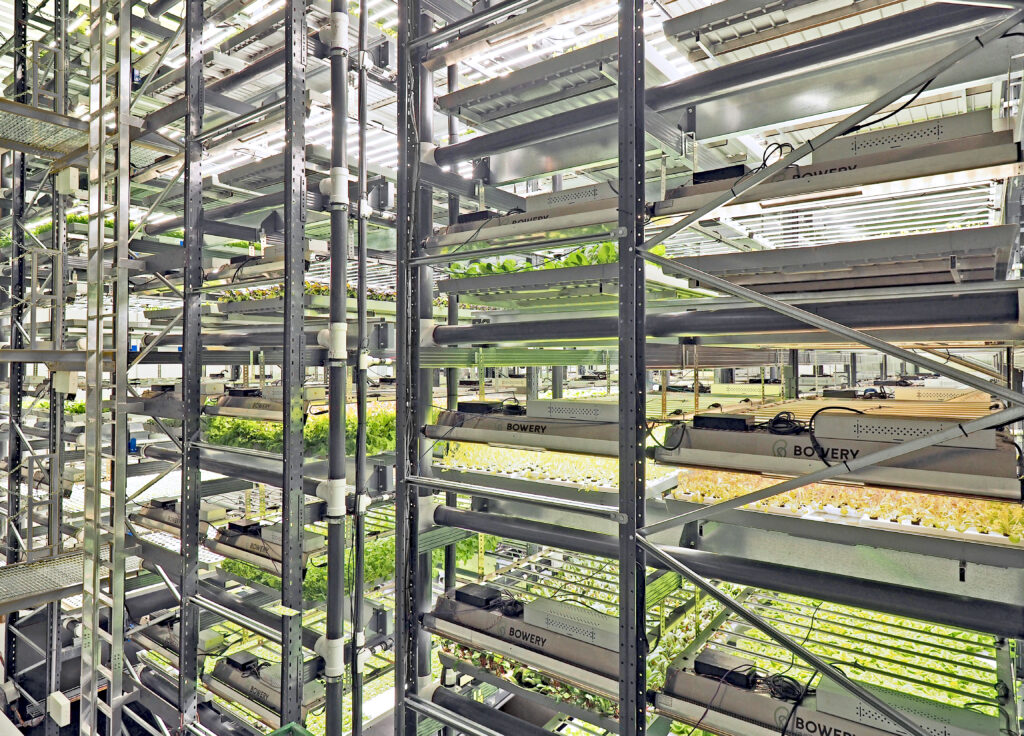
Bowery’s Vertical Farm demonstrated how even $647 million in funding couldn’t solve basic agricultural economics. You might recognize this venture as one of many startups that promised to revolutionize farming by growing lettuce in expensive urban warehouses using artificial light. The company produced pristine leafy greens while consuming massive amounts of electricity and real estate. Traditional farms, despite their apparent lack of robots and LED lights, continued to grow vegetables more efficiently under the free and abundant light source called the sun.
35. Agent Orange

The development of Agent Orange illustrates the catastrophic consequences of prioritizing immediate military objectives over long-term human impact. The chemical defoliant caused extensive environmental damage that persists decades after its use, as well as severe health effects across multiple generations in exposed areas. The legacy of Agent Orange demonstrates how technological solutions can create far-reaching problems that extend well beyond their intended purpose.
34. Denso’s Vacuum Shoes

Denso’s vacuum shoes captured the special optimism required to believe people would wear vacuum cleaners on their feet. You could theoretically clean floors while walking, assuming you didn’t mind the noise, limited battery life, or looking like you strapped small appliances to your shoes. The Japanese automotive supplier created these as a demonstration of engineering capabilities, inadvertently proving that not every surface needs smart technology. Unsurprisingly, the world continued to prefer traditional vacuum cleaners that don’t require wearing them.
33. Nintendo Virtual Boy

We recognize the Nintendo Virtual Boy as a prime example of rushing unrefined technology to market. The console’s monochromatic red display and awkward tabletop design created immediate user discomfort. You’ll experience eye strain and neck pain within minutes of using this poorly conceived gaming system. The premature release of this experimental technology damaged consumer trust in virtual reality gaming for nearly two decades.
32. Farmville

Fun as it was, Farmville exemplifies the manipulation of human psychology through addictive game mechanics. The social gaming phenomenon consumed countless hours through arbitrary waiting periods and social pressure tactics. While presenting itself as a free game, the platform engineered frustration points specifically designed to encourage microtransactions. The game normalized paying real money to skip artificial time barriers, establishing problematic patterns in social gaming.
31. Hydrogenated Oils

The widespread adoption of hydrogenated oils demonstrates how industrial convenience often supersedes public health concerns. These artificial fats extended product shelf life while introducing significant health risks through trans fat content. These oils infiltrated countless processed foods before research revealed their harmful effects. The industry’s slow response to mounting health evidence shows how profitable innovations can persist despite clear public health impacts.
30. Hydrogen Blimps
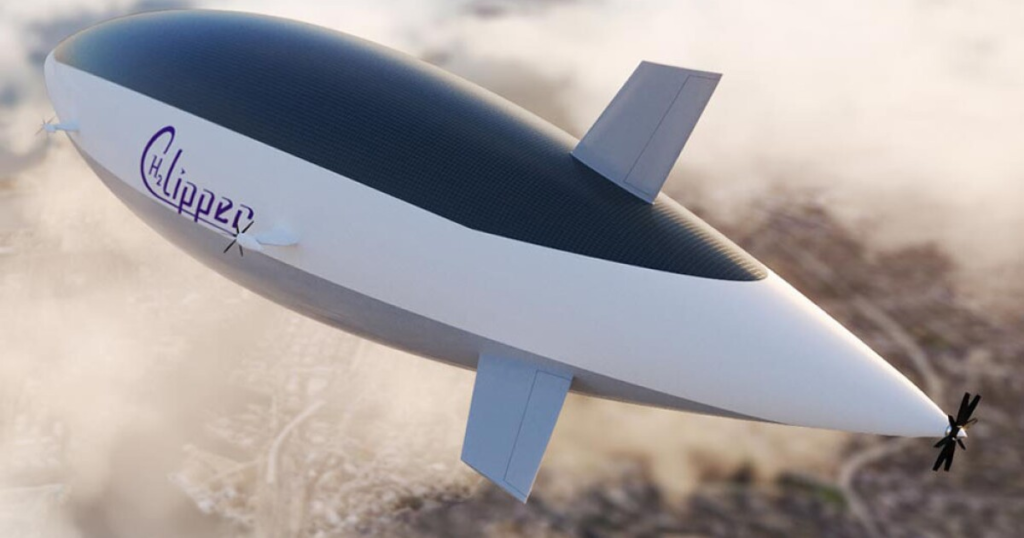
The hydrogen airship era illustrates how spectacular failures can permanently damage promising technologies. You’ll recognize how the Hindenburg disaster overshadowed the genuine advantages of lighter-than-air travel. The use of highly flammable hydrogen demonstrated poor risk assessment in passenger transportation design. We find the industry’s commitment to hydrogen, despite known dangers, particularly troubling from modern safety perspectives.
29. Hair in a Can

Hair in a Can showcases how quick-fix solutions often create more problems than they solve. The spray-on hair product promised instant coverage while delivering obvious artificial results that attracted more attention than natural hair loss. You’ll notice how the product’s tendency to stain clothing and wash away in rain created additional embarrassment for users. The popularity of this impractical solution demonstrates how desperation can drive consumer adoption of clearly flawed products.
28. DDT

You’ll find DDT represents a classic case of technological overconfidence ignoring ecological consequences. The pesticide promised agricultural miracles while accumulating in the food chain with devastating environmental effects. We note how its widespread application occurred without adequate long-term impact studies. The persistent environmental presence of DDT decades after its ban demonstrates how chemical innovations can create enduring problems.
27. Ford Pinto

The Ford Pinto stands as one of history’s deadliest automotive blunders. Ford placed the gas tank behind the rear axle, creating a ticking time bomb in every vehicle. Even minor rear-end crashes could puncture the tank, spilling fuel that could ignite from collision sparks. Rather than spend $11 per car to fix the design, Ford calculated it would be cheaper to pay settlements for deaths and injuries. This cold corporate math cost at least 27 lives as Pintos turned into fireballs in otherwise survivable accidents. The Pinto became the poster child for putting profits over human lives and led to major reforms in auto safety regulations.
26. Betamax

Betamax showcases how superior technology can fail through poor market strategy. The format offered better video quality but limited recording time compared to VHS. Sony’s strict licensing and high prices ultimately doomed this technically superior product and produced another story demonstrating how market dominance requires more than just technical excellence.
25. Tanning Beds

You’ll find tanning beds represent a perfect example of how cosmetic convenience overshadows serious health concerns. The devices promised year-round tans while significantly increasing skin cancer risks through concentrated UV exposure. We note how the industry marketed these machines as safe alternatives to natural sunlight despite mounting evidence to the contrary. The continued operation of tanning salons demonstrates how aesthetic desires can override clear medical warnings about cancer risks.
24. Crocs

Crocs are love ’em or hate ’em. These boat-shoes-turned-foam-clogs took a chunk of the population by storm. If you weren’t a fan of them when they were first introduced, you probably still aren’t one now that they also have ridiculous buttons to up the ante on just how gaudy you can make something that was entirely purpose-built. They’re boat shoes, but plenty of people missed the memo. At least they’re comfortable. Supposedly.
23. 23andMe

23andMe showed that turning human genetics into a tech product has its limits. You could discover your ancestry, health predispositions, and distant relatives for $99, making complex genetic information accessible to anyone curious about their DNA. The company collected an impressive database of genetic information from millions of customers, who later discovered the implications of having their genetic data owned by a private company. By 2024, declining sales and privacy concerns led to major layoffs, proving that perhaps not everyone needed to know their genetic predisposition to cilantro aversion.
22. Hula Chair

The Hula Chair demonstrates how fitness gimmicks can exploit consumer desperation for effortless weight loss. This seated exercise device promised core strength improvement through passive movement. We’re not so sure about marketing a chair that encourages more sitting as a fitness solution. Your time and money find better value in proven exercise methods rather than this questionable innovation.
21. Pop-Up Ads

Pop-up ads represent one of the internet’s most notorious advertising innovations from the late 1990s. You might remember frantically clicking to close dozens of windows that appeared while browsing early websites, each promising amazing prizes or essential software updates. The format’s creator, Ethan Zuckerman, later apologized for unleashing pop-ups on the digital world, admitting they stemmed from an attempt to separate advertisements from main website content. Browsers eventually developed pop-up blockers in response to overwhelming user complaints, though modern variants like modal windows and overlay ads continue their disruptive legacy.
20. Phone Fingers

Phone Fingers emerged in 2007 as an amusingly overcautious solution to early iPhone touchscreen anxiety. You might have encountered these small rubber fingertip covers in mall kiosks or late-night infomercials, where enthusiastic demonstrators promised smudge-free screens and “enhanced” touch precision. While some germaphobes and tech-nervous users initially embraced these rubber caps, Phone Fingers quickly joined the graveyard of unnecessary mobile accessories alongside radiation-blocking stickers and screen projectors.
19. CFCs

CFCs stand as one of the 20th century’s most catastrophic chemical innovations. You might have encountered these compounds in everything from hairspray to refrigerators between the 1930s and 1980s, while manufacturers praised their stability and effectiveness as cooling agents. Despite clear scientific evidence of ozone depletion by 1974, chemical companies fought regulations for over a decade, proving how corporate profits often outweighed environmental protection in the days before strong environmental oversight.
18. Plastic Grocery Bags

Plastic grocery bags exemplify how a simple retail “innovation” spawned a global environmental disaster. You encounter these petroleum-based menaces everywhere – tangled in trees, choking waterways, and swirling in massive ocean garbage patches where they’ll persist for centuries.These “disposable” bags now litter every corner of Earth, from Mount Everest to the Mariana Trench, killing marine life and breaking down into microplastics that contaminate food chains – all because retailers wanted to save a few cents per customer on paper bags.
17. Bumpit

Late-night infomercials reached peak absurdity with the Bumpit, a plastic insert that promised red-carpet glamour through artificial hair elevation. You might remember these hair-raising devices from their 2009 heyday when the promise of achieving Snooki-level volume convinced millions to stuff plastic combs into their hair. The original Bumpit empire collapsed once users discovered they resembled they were concealing small construction helmets under their hairdos, though TikTok nostalgia has sparked an unlikely revival in 2024. Some fashion trends, like artificially inflated hair heights, prove that no questionable style choice stays buried forever.
16. Sony CD Copy Protection

Sony’s 2005 CD copy protection scheme ranks as one of the most hostile acts a technology company ever inflicted on its own customers. You might have been one of the millions who unknowingly installed malware-like software on your computer simply by playing a music CD you legally purchased. The company secretly embedded XCP rootkit software that not only prevented legitimate backup copies but also created serious security vulnerabilities that hackers could exploit. Sony defended this practice until security researchers exposed how the hidden software could give criminals control of users’ computers, leading to multiple class-action lawsuits and a massive recall. The debacle cost Sony millions in settlements and damaged consumer trust, proving that treating paying customers like criminals rarely ends well for companies, no matter how large they are.
15. Cruise Robotaxi
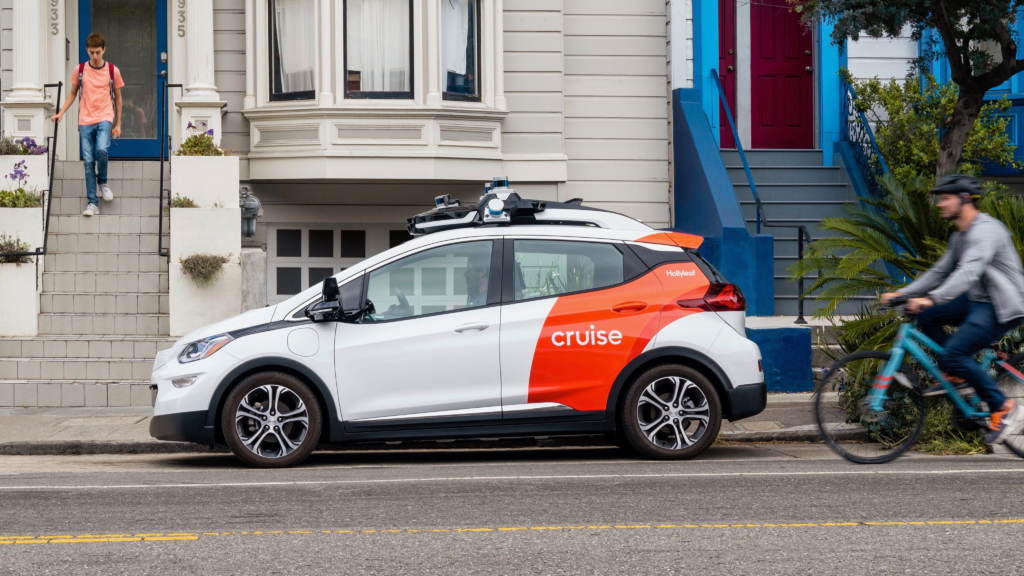
Cruise Robotaxi proved that testing autonomous vehicles on San Francisco’s streets required more than sophisticated algorithms and venture capital backing. You could summon a driverless car that might stop inexplicably in traffic, block emergency vehicles, or become confused by basic road situations. The company deployed hundreds of vehicles that turned San Francisco into an unintended testing ground for autonomous technology. After multiple accidents and incidents in 2023, California regulators finally pulled the plug on this expensive experiment in public streets.
14. Venetian-Blind Sunglasses

Venetian-blind sunglasses perfectly capture the 1980s ability to turn household items into impractical fashion statements. You might have spotted these slatted spectacles in mall kiosks, where they promised to make wearers look like walking window fixtures while simultaneously limiting their ability to see anything. The designers somehow convinced people to strap miniature window blinds to their faces, creating eyewear that excelled at collecting dust but failed at basic functions like sun protection or, more importantly, vision. Walking became an adventure in obstacle avoidance, as wearers discovered that horizontal plastic slats across their eyes turned every step into a thrilling game of guess-what’s-in-front-of-you.
13. Pontiac Aztek
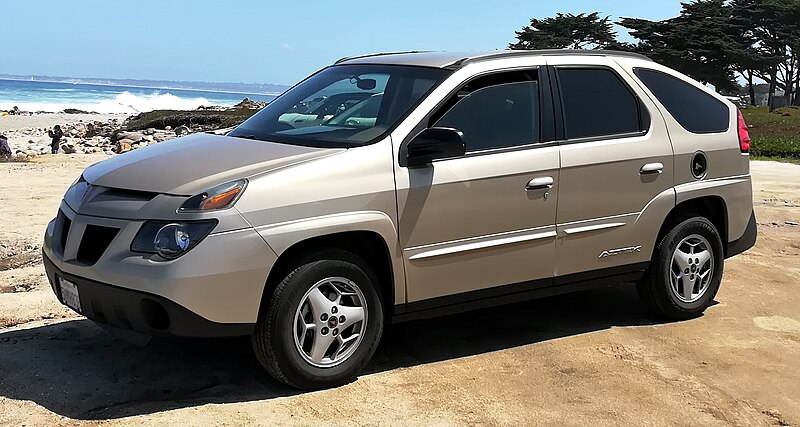
The Pontiac Aztek stands as automotive history’s most spectacular example of design-by-committee gone wrong. You might recognize this vehicle from “Breaking Bad” – or from countless “ugliest cars ever made” lists where it consistently claims the top spot. General Motors somehow approved a design that looked like two different vehicles crashed into each other and decided to stay that way, complete with gratuitous gray plastic cladding that made it appear partially unfinished. The company confidently predicted annual sales of 75,000 units, only to discover that Americans didn’t share their enthusiasm for a crossover that resembled an angry vacuum cleaner. Despite actually offering decent utility and innovative features, the Aztek’s aggressively unappealing design sealed its fate and helped accelerate Pontiac’s eventual demise.
12. Mizar Flying Car

The Mizar Flying Car demonstrates how ambitious innovation can lead to dangerous compromise. This modified Ford Pinto attempted to combine road vehicle and aircraft capabilities while excelling at neither. You’ll recognize the inherent safety concerns of attaching aircraft wings to a car already known for safety issues. The project’s tragic test flight accident highlights the dangers of pursuing revolutionary transportation without adequate engineering focus.
11. Asbestos

Asbestos – this “miracle mineral” exemplifies how useful properties can mask deadly health impacts. The material’s fire resistance and insulating properties led to widespread construction use despite early health warnings. It’s not fully gone from all buildings, either. Plenty of buildings are still standing and old enough that the removal of asbestos is still ongoing, and the substance continues to create health and financial burdens decades later. Industry suppression of medical evidence allowed this hazardous material’s continued use long after dangers became apparent.
10. Olestra

Olestra stands as the food industry’s most embarrassing attempt to make junk food “healthy.” You might remember these fat-free potato chips from the late 1990s, marketed under brands like WOW! chips, which came with the most mortifying warning label in snack food history. Procter & Gamble spent 25 years and $500 million developing a molecule that could pass entirely through the human digestive system – unfortunately, it often did so explosively and without warning. Despite causing what the FDA delicately termed “anal leakage” in consumers, the company stubbornly kept these gastrointestinal grenades on the market for years. The spectacularly failed experiment proved that sometimes, regular potato chips are the healthier choice compared to lab-engineered alternatives that turn snack time into a game of digestive roulette.
9. Comfort Wipe

The Comfort Wipe represents the pinnacle of solving problems that don’t need mechanical solutions. You might remember this infomercial oddity that promised “extended reach” in the bathroom – essentially a plastic grabber arm for toilet paper that added unnecessary complexity to a basic human function. The inventors somehow convinced themselves that people needed a 16-inch mechanical device to perform a task humans had managed just fine for thousands of years. The product’s cringe-worthy TV marketing claimed to offer “dignity” while paradoxically requiring users to carry and maintain a specialized bathroom grabber tool.
8. HeadOn

HeadOn represents the triumph of mind-numbing advertising over actual medical benefits. You might remember the infamous commercials that repeated “HeadOn, apply directly to the forehead” three times in succession, creating one of TV’s most irritating yet memorable marketing campaigns. The company sold millions of $8 wax sticks that contained no active ingredients, cleverly avoiding FDA scrutiny by never actually claiming their product did anything beyond being applicable to foreheads. The marketing strategy proved so successful that even people complaining about the annoying commercials inadvertently spread brand awareness, leading to over $6 million in annual sales of what amounted to a glorified chapstick for your forehead.
7. Pay Toilets

Pay toilets are easy to hate: they represent the commodification of basic human needs. The coin-operated bathroom stalls created unnecessary barriers to essential facilities while disproportionately affecting vulnerable populations. The eventual removal of most pay toilets demonstrates how some profit motives cross clear ethical boundaries.
6. Leaded Gasoline

Leaded gasoline shows how profit protection can extend the life of deadly innovations. The additive provided some engine benefits – and caused widespread neurological damage. The ongoing environmental impact of this fuel additive is still visible in soil samples worldwide, to say nothing of the impact it had on the people who had to breathe in the fumes.
5. Spam E-mail

Spam email illustrates how zero-cost communication enables massive-scale annoyance. These unwanted messages overwhelm inboxes while creating significant productivity losses. You’ll notice how spammers’ tiny success rates still justify their negligible sending costs. We find the ongoing prevalence of email spam particularly frustrating given decades of technological countermeasures.
4. Smell-o-Vision

Smell-o-Vision was a cinema “enhancement” that demonstrated how innovation can actively degrade entertainment experiences. The system released distracting scents that often lingered and mixed unpleasantly. After just a few films, the theaters stank and no one was interested in watching a movie that was “enhanced” with Smell-o-Vision. The idea tanked – and good riddance.
3. Rabbit R1

You’ll find the Rabbit R1’s premise as a smartphone alternative surprisingly limited in real-world application. The device claims to streamline app interactions through AI, but introduces another device to manage alongside your existing phone. While its pocket-sized form factor appears convenient, the R1 creates redundancy in daily tasks rather than simplification. We question the value proposition of a $199 device that essentially performs functions your smartphone already handles efficiently.
2. The Titan Submersible

The Titan submersible combined experimental engineering with luxury tourism in the worst possible way. You could pay $250,000 to descend to the Titanic wreckage in a vessel partially controlled by a modified gaming controller. OceanGate Expeditions rejected standard safety certifications as stifling to innovation while charging passengers to participate in what they termed an “experimental” dive. The catastrophic implosion in June 2023 tragically demonstrated why submarine safety standards exist in the first place.
1. Vio

Coca-Cola’s Vio milk drink hit store shelves in 2009 with bold flavors like peach-mango and citrus, but consumers weren’t ready for carbonated dairy. The flavored milk product launched in New York City delis and natural food stores at $2.49 per bottle, targeting health-conscious young adults. Despite trendy packaging and marketing that called it “vibrancy in a bottle,” Vio struggled to overcome the basic challenge of convincing people to drink fizzy milk. The product disappeared from shelves within months, joining New Coke in Coca-Cola’s archive of failed experiments.




